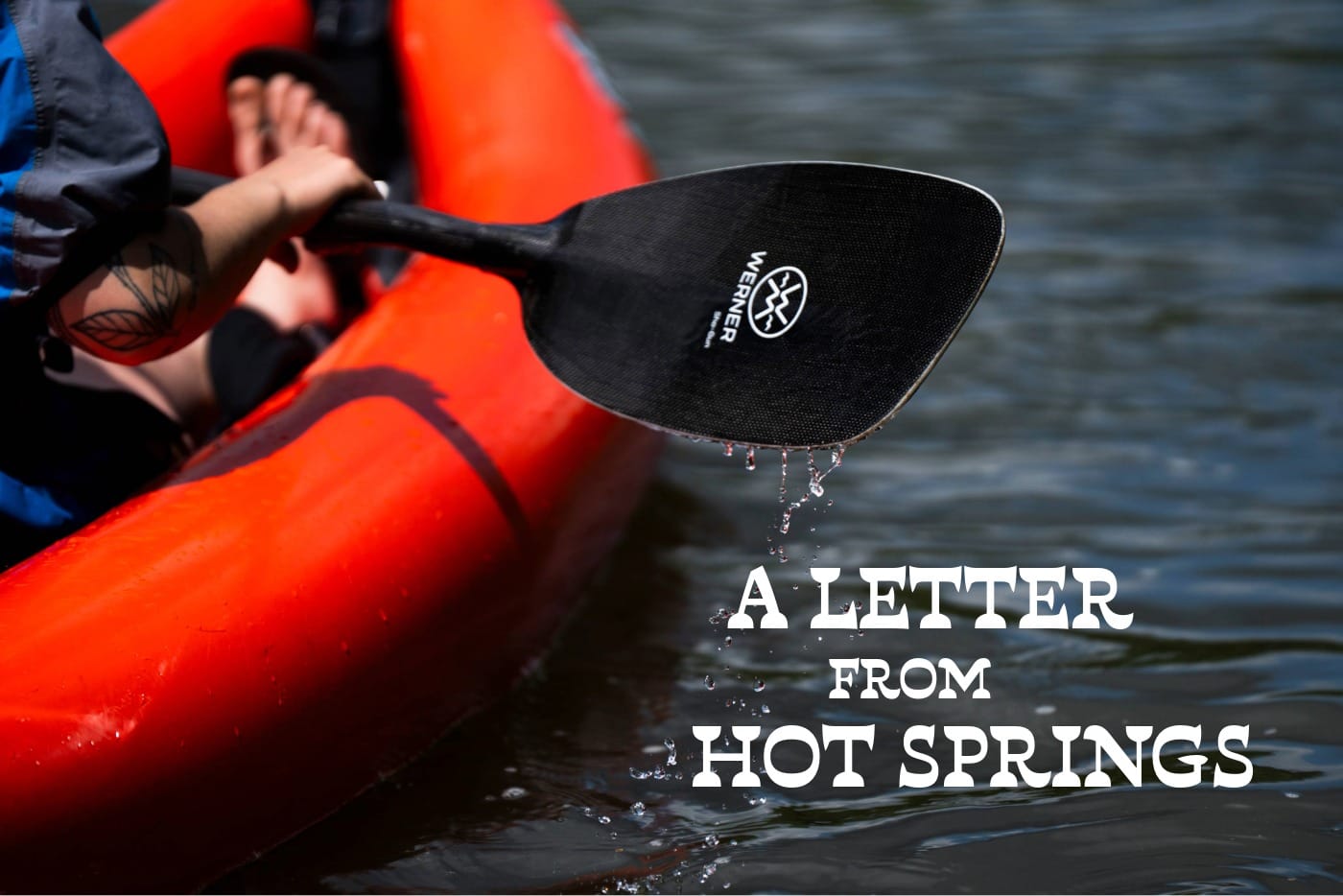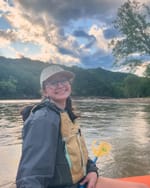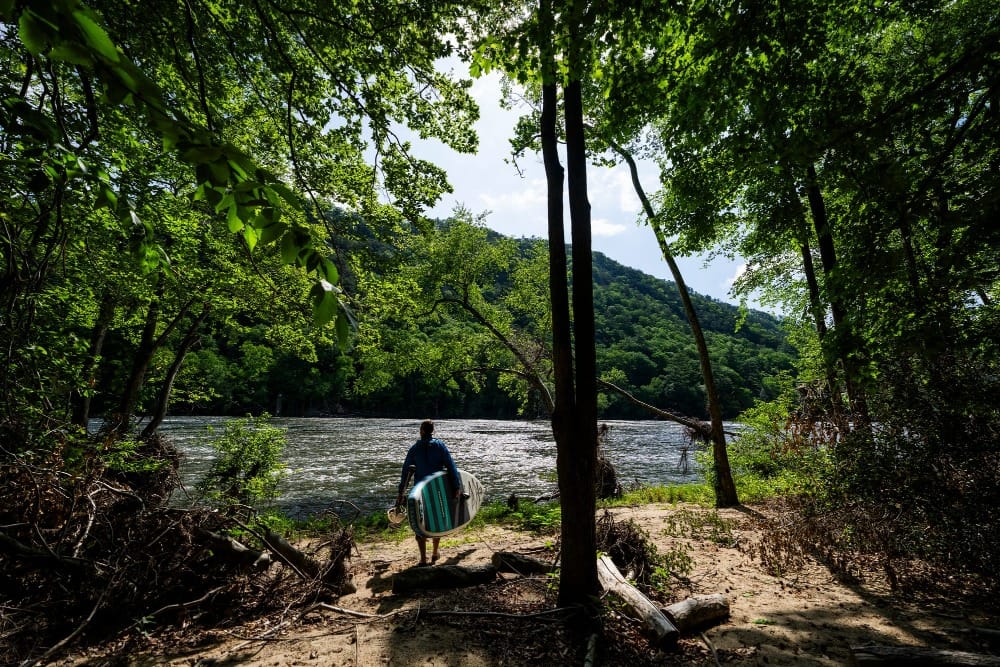
Hurricane Helene turned Western North Carolina's biggest river into a menace—yet a year later, it's clear that the French Broad is still the region's lifeblood. In Issue No. 1, our "Guide" explores this iconic Southern waterway and shows why it's still embraced by the communities that are rebuilding after suffering its wrath. See all the French Broad stories here, and be sure to get the full print issue in our shop.
One of my friends says that Hot Springs sits right where the French Broad River bends like a hymn. I don’t know how to spell out exactly what that means, but it’s always felt right to me. Driving into the tiny town, which is nestled right up against the Tennessee state line, the river valley opens into a view of the blue and green mountains, colors so bright in the summer they sometimes don’t feel real. I always breathe a little better when I see that view.
I grew up in the French Broad watershed, in a little county called Madison, population twenty thousand. It’s a quiet but complex place. Driving to work in the mornings, I often get stuck behind someone driving slow down the winding highway. I never mind; it gives me time to watch the fog rise up off the river. Coming home during my college years always felt like stepping back in time. It’s a place of tradition, music, great natural beauty. It’s a place of deep peace.
For four years, I’ve been a whitewater raft guide on the French Broad. Guiding has been such a powerful part of my life. It’s something I’ve loved; something that’s given me confidence, pushing me to places of strength I never dreamed I could reach. I’ve always thought of my time on the river as a gift. Last September, Hurricane Helene pushed the French Broad and countless other creeks and streams to historic crests, flooding many communities, including my own. In the immediate aftermath of the hurricane’s deluge, I thought I would never be a raft guide again. I had a difficult time thinking of any world where I could love the river like I did before it washed away so much of the things I loved.
I had a difficult time thinking of any world where I could love the river like I did before it washed away so much of the things I loved
I remember a day in March, around six months after the hurricane. The air smelled of smoke from wildfires burning a few miles away, fueled by trees and brush pulled down in the storm. It was eerie and difficult to take in. As I walked through town, it looked far from normal: Sidewalks still buckled from floodwaters, the sounds of construction all around, and traffic heavy from interstate detours. But flowers were blooming where someone planted them in the mud last fall. There were people I loved walking through town, stopping to hug me. These days, most businesses are open. That lovely old French Broad is running her course, and the natural springs the town is named for are accessible for visitors again. There are signs of loss everywhere, but signs of hope, too. The town is alive, despite everything. I often think of the love and determination that I’ve seen poured out by the folks I call friends and family in this river valley. It tells me the same thing as the sight of this ancient river bending between these ancient mountains: This place is still kind, this place is still beautiful.
This story originally appeared in Issue No. 1 of Southlands.


